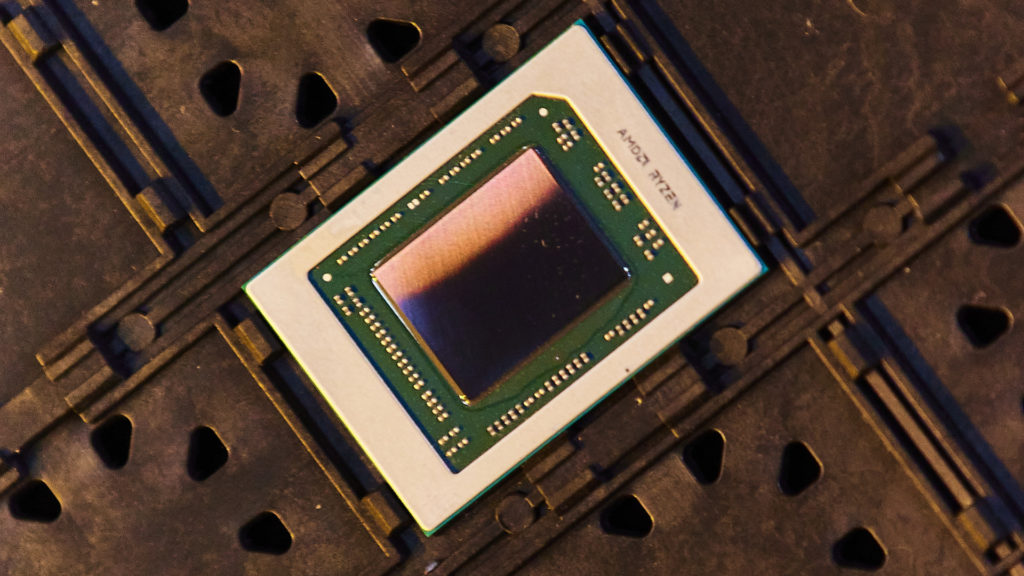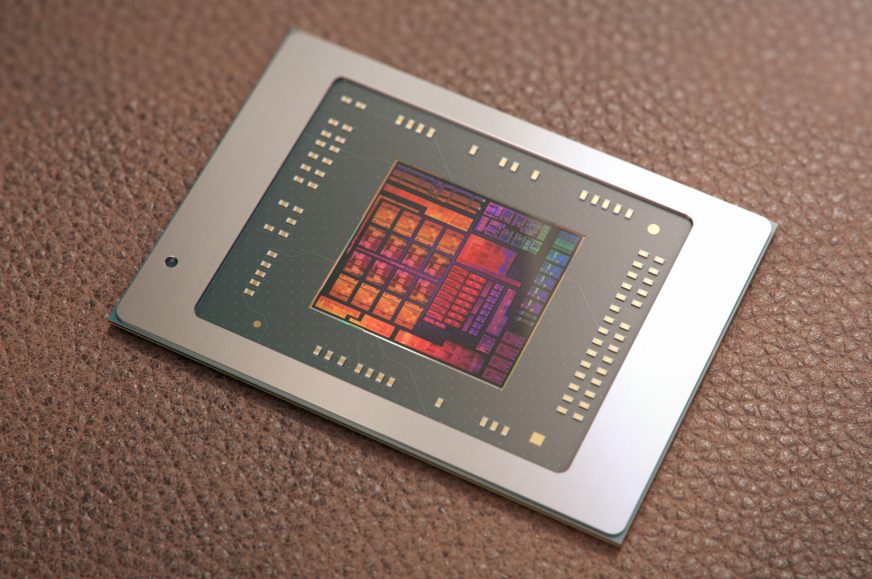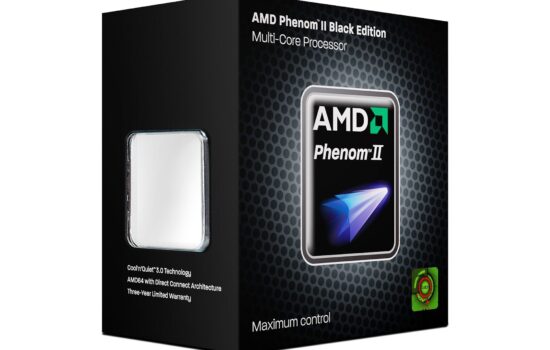Phoenix APU may get RDNA 3 graphics architecture shortly after it comes to dGPU
This fall, AMD is releasing a new generation of graphics cards (Radeon RX 7000) and Ryzen 7000 “Raphael” desktop processors with Zen 4 cores. However, this architecture should also be adopted quite quickly by Ryzen 7000 “Phoenix” APU processors for laptops. Little was known about these, but information on them has also started to leak: the Linux driver code has revealed the architecture of the integrated GPU.
Support for the new RDNA 3 architecture now seems to be making its way into the open source code that handles AMD hardware in Linux kernel, GPU drivers and other components. This architecture is internally referred to as GFX11, and individual implementations of it (there are slight differences between various GPUs in a series) are then referred to as “gfx110x” in the code. And now the code has added basic support for the first hardware with these identifiers.
These are three discrete GPUs that apparently correspond to the upcoming Navi 31, Navi 32 and Navi 33 chips (or in some cases chiplet GPUs). However, there is a fourth item in the code that is said to be an APU, i.e. integrated graphics.
This list indicates that AMD is preparing an APU or in other words Ryzen processor for laptops (and eventually maybe desktop) that will have the RDNA 3 iGPU architecture. It is labelled GFX1104. According to the leakers who spotted this, this processor is likely to be the mobile Ryzen 7000 “Phoenix”.
And now fully confirmed, Phoenix is RDNA3! ? pic.twitter.com/F528X6qsEI
— Kepler (@Kepler_L2) April 28, 2022
However, it is not yet conclusively proven that this entry is talking about the Phoenix APU. It could be a processor that will come a generation later (Ryzen 8000, codenamed Strix Point) in theory. However, the Phoenix APU will be manufactured on the same 5nm technology as the discrete RDNA 3 architecture GPU for the Radeon RX 7000, so the architecture would make sense for Phoenix due to the ability to share design and IPs. The company is less likely to have a port the older RDNA 2 architecture for the 5nm process ready.
- More: Ryzen 7000 mobile APUs are codenamed “Phoenix”. They may support PCI Express 5.0
- More: AMD said to be preparing big.LITTLE CPUs: 3nm Ryzen 8000 with L4 cache and Zen 5 in 2024
- More: Ryzen 7000 and 8000: Granite Ridge, big.LITTLE Strix Point chips have Zen and “Zen 4D” cores
Using the RDNA 3 architecture could give this integrated graphics a decent performance boost as it is expected to improve “IPC”, i.e. performance per given frequency and number of compute units. The Ryzen 7000 “Phoenix” could therefore have interesting graphics performance, possibly surpassing today’s Radeon RX 6400 and RX 6500 XT dedicated cards. Plus, the chips will have Zen 4 processor cores and the advantage of 5nm process node, so they should be a very interesting plaform.

AMD is expected to unveil these processors early next year. In fact, the company traditionally launches mobile Ryzen processors during CES, with laptops built around them appearing during February or March. A desktop version for the AM5 socket is also expected to eventually come out, but that won’t be until sometime later in 2023.
English translation and edit by Jozef Dudáš, original text by Jan Olšan, editor for Cnews.cz
⠀











